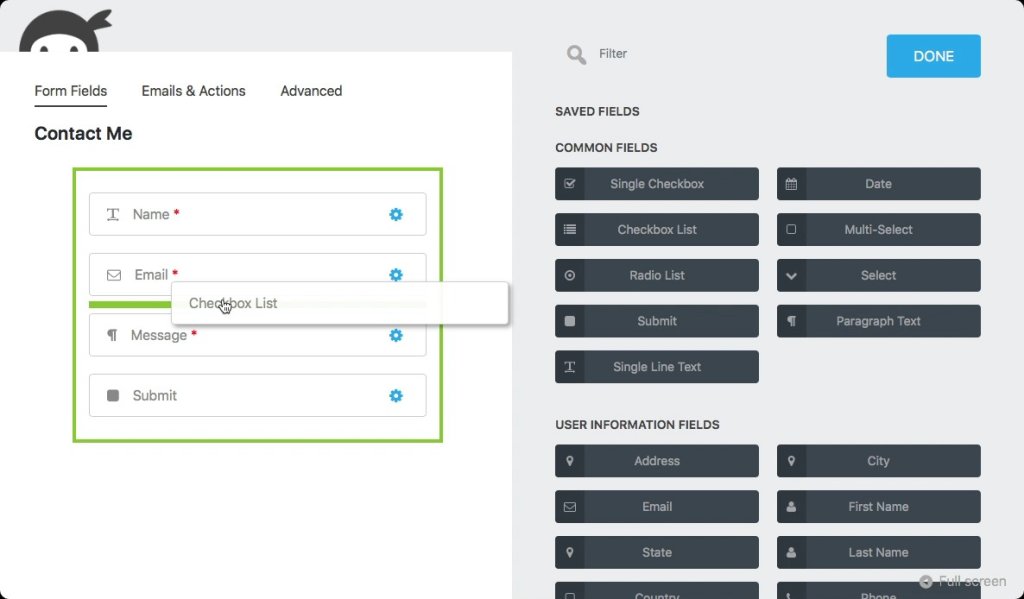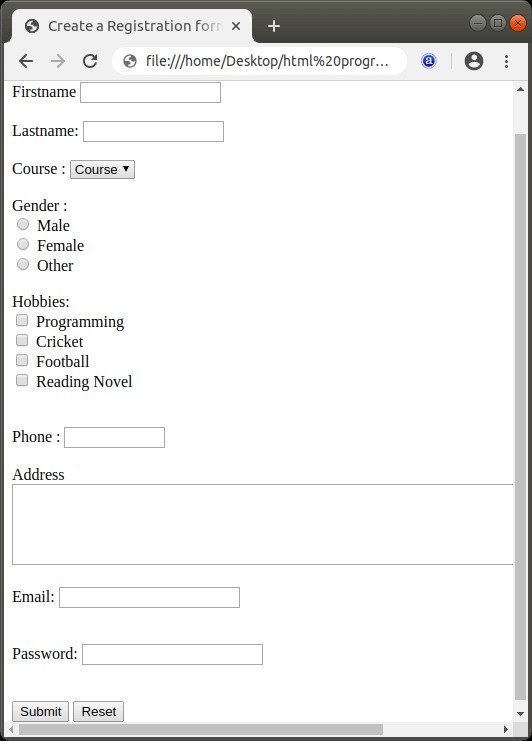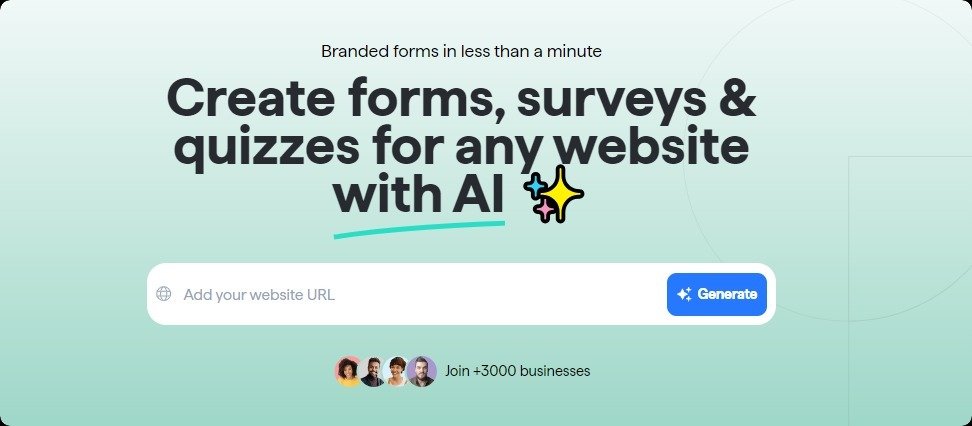Online forms are crucial for gathering data, obtaining customer feedback, managing event registrations, and performing numerous other functions across a wide range of businesses. They enable smooth communication with your audience and streamline the process of collecting information.
Given the significant demand for online forms, it's essential to grasp the most straightforward approaches to creating them. This not only saves time and costs but also enhances workflow efficiency.
Before diving into the easiest method to create online forms, let’s explore the different methods available, weighing their benefits and limitations.
Using Content Management Systems for Form Creation
Creating online forms through Content Management Systems (CMS) is a versatile approach that include platforms like WordPress, Joomla, Drupal, and others. These systems provide a framework for website creation and management, including a variety of tools and plugins designed to create online forms.
You need to choose a CMS that suits your project's needs, considering factors such as ease of use, flexibility, and the availability of form-building extensions or plugins. WordPress is widely regarded for its user-friendly interface and extensive plugin ecosystem, making it a popular choice for those new to web development.

Limitations
Each CMS has its unique interface and way of handling plugins or extensions, requiring a period of learning and adjustment.
The quality of your forms heavily depends on the form builder plugin or extension you choose. Not all plugins are created equal, with varying levels of support and updates.
Adding multiple plugins or extensions can slow down your site, especially if they are poorly coded or not optimized for performance.
Plugins and extensions can introduce security vulnerabilities. It's important to keep them updated and to choose reputable solutions with active support and updates.
While form builders offer significant flexibility, crafting highly customized form might require custom coding or additional plugins, increasing complexity.
Coding Your Own Forms
You can also create online forms from scratch by coding. This approach is suitable for those with web development skills or access to development resources. It involves using HTML for form structure, CSS for styling, and JavaScript for added functionality and validation.

Limitations
A good understanding of HTML, CSS, and JavaScript is necessary, along with knowledge of backend scripting for form processing.
Developing a form from scratch can be significantly more time-consuming than using a form builder or CMS plugin, especially for complex forms.
The responsibility for maintaining the code, fixing bugs, and implementing updates falls entirely on you or your development team.
Ensuring the form works seamlessly across all browsers and devices requires extra effort and testing.
Handling data correctly and securely is crucial. Without proper validation and sanitization, custom-coded forms can be vulnerable to attacks like XSS or SQL injection.
Using Customizable Templates
Many online form creators provide customizable templates that cater to a variety of uses, from surveys to order forms. These templates offer a quick start to form creation, allowing for easy adjustments to fit one’s branding and specific requirements.
This method is ideal for individuals and organizations looking to create professional-looking forms quickly without delving into the complexities of coding or investing in custom development.
Limitations:
While templates can be customized to a certain extent, they may not offer the uniqueness some projects require, potentially leading to a "cookie-cutter" appearance.
The depth of customization possible is often limited by the form builder’s capabilities. Advanced customization may require knowledge of CSS or HTML, which not all platforms support.
Your form’s functionality and appearance can be limited by the chosen platform’s features and updates. Any changes to the platform’s terms of service could impact your forms.
While many form builders offer free versions, access to premium templates, additional customization options, and advanced features may require a paid subscription.
AI Form Generator
AI-powered form builders, such as involve.me, represent the frontier when it comes to creating online forms. The process begins with providing the AI generator with basic inputs such as your company’s URL, the type of form you need, and specific use cases or requirements. This information helps the AI understand the context and purpose of the form.

Utilizing the input data, this advanced AI form builder then automatically creates a draft form. It selects appropriate questions and fields based on the form’s intended use, organizing them in a logical and user-friendly layout.
Once the initial draft is generated, users can review and customize the form. AI form generators also provide third-party integrations with other digital platforms. This allows for easy embedding of the form on your site or sharing through social media and email.
Advantages:
The use of advanced form builders brings a host of benefits, making them an attractive option for form creation:
The process eliminates the need for technical expertise, opening up form creation to a broader audience.
AI form generators significantly reduce the time and effort involved in creating forms.
The automated process minimizes the chances of errors that can occur with manual form design, such as typos or poorly structured questions.
AI form generators use insights from vast datasets to choose questions that are most likely to yield valuable data, ensuring the form serves its intended purpose effectively.
Are You Ready to Create Forms the Easiest Way?
You must be thinking now AI form generator is the easiest way to create forms.
Exactly, my thoughts.
What's particularly impressive about AI form generators, like involve, is their capacity to offer advanced AI features beyond just putting a form together.
For example, you can personalize responses for your target audience with AI-generated text element and improves the user experience by making interactions more tailored.
Additionally, these generators can produce detailed AI analytics reports, saving countless hours that would otherwise be spent on manual data analysis.
Choosing the right method for creating online forms can significantly impact your ability to collect and analyze data efficiently. With the use of AI form generators, the process has become more accessible than ever, promising a future where data collection is streamlined, personalized, and highly efficient.
Create your forms with AI
Just paste your URL and click generate

.gif)



